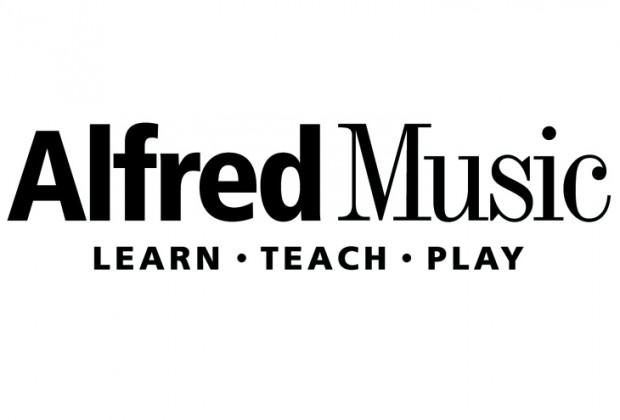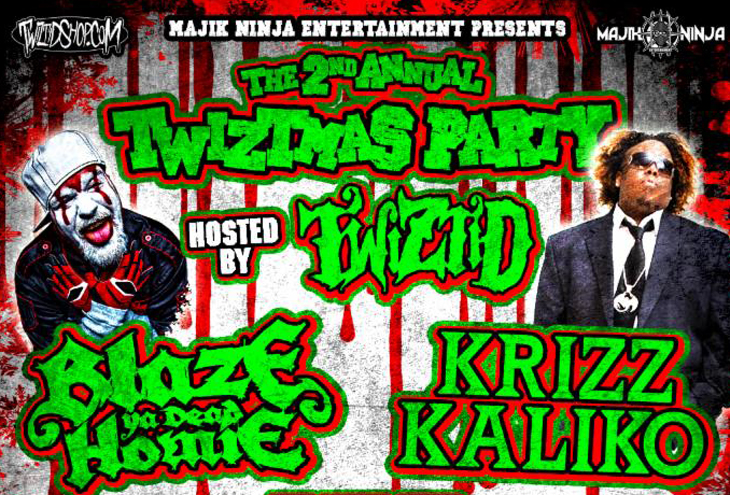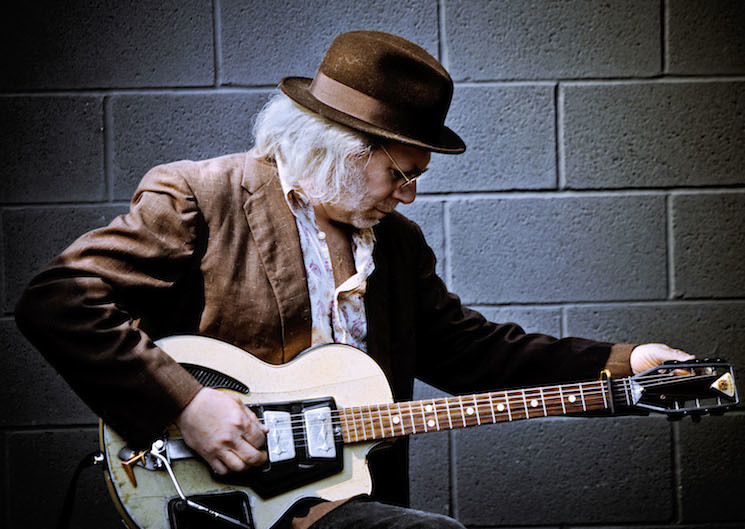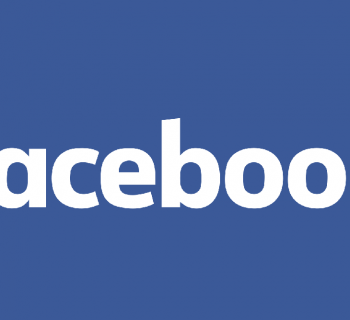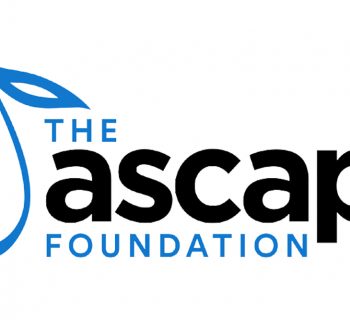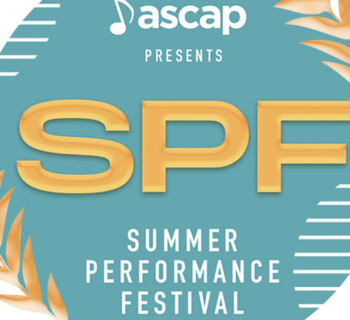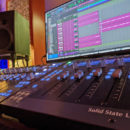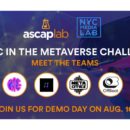Understanding the basic elements of copyright law can be confusing to musicians, content creators and content users. At its core, without creative content and intellectual property rights protection, there would be no music business. Whether you are creating your own copyrighted works or performing or arranging works of others, first and foremost it’s important to know the basic rights of copyright.
By Andrew Surmani
Sponsored by Alfred Music Publishing
Copyright owners are granted the following rights to exploit their copyright:
1. The right to reproduce the work. To make either physical or digital copies.
2. The right to distribute copies of the work. To sell or to give the work away for free.
3. The right to perform the work publicly. Every time a copyrighted work is performed in a public place, the copyright owner has the right to be paid for that performance.
4. The right to make derivative works. Basically, to make arrangements of the original work.
5. The right to display the work publicly. This right applies more to paintings and statues, than it does to music.
An additional right was introduced in the Digital Performance Right in Sound Recordings Act of 1995, which is the right to perform a work publicly by means of a digital audio transmission. This involves playing a sound recording over the internet or satellite radio, and royalties are paid to record labels and artists.
When does something become protected by copyright law?
There is a lot of confusion related to this point. Many people feel that it must be registered with the USA Copyright Office in order to be protected by copyright law. That is not the case, however. While it is strongly recommended that you do in fact register your copyright with the USA Copyright Office, which will assist you in defense of your copyright in the case of infringement, it is not necessary to do so anymore, even though at one time it was.
A work becomes copyrighted when it is recorded in tangible form, either in printed or digital sheet music or in a physical or digital recording.
This means that an idea that only exists in your mind is not copyrightable until it is put down in tangible form.
When a composer or author creates a work, it is their copyright at the time of recording it in tangible form. If they then give it to a publishing company to publish and distribute in exchange for a royalty or other compensation, they are transferring the copyright to the publisher.
The 1976 Copyright Act, which went into effect on Jan. 1, 1978, gives creators the right to “terminate” that transfer 35 years after the transfer, as long as two years prior notice is given to the publisher.
This means that works that were created and transferred to publishers in 1978, could be recaptured by composers and authors starting in 2013.
The first two rights of copyright seem pretty straightforward. Only the owner of the copyright has the right to make copies of the work and distribute them to the public. Anyone else who wishes to do so would need to secure the permission of the publisher to do that. If they do so without permission, they are violating copyright law.
The right to perform the work publicly is a little more complicated. Obviously, copyright works are being performed all the time in public concerts, via broadcasts, at venues and at business establishments.
If a copyright owner holds the right to public performance, how is it possible for others to perform those works publicly and for the creators and publishers to be paid for that usage?
To protect their public performance rights and collect royalties for such usage, publishers, authors and composers are recommended to sign up with one of the Performing Rights Organizations, and all their copyrighted works should be registered by one of these organizations in the U.S.:
1. ASCAP (American Society of Composers, Authors and Publishers)
2. BMI (Broadcast Music, Inc.)
3. SESAC (formerly known as the Society of European Stage Authors and Composers)
4. GMR (Global Music Rights)—This is a new Performance Rights Society established in 2013.
Venues, broadcasters and business establishments secure blanket license agreements with each of the Performing Rights Organizations to be able to perform any of their works at their place of business.
The money paid by these businesses is distributed as royalties separately to the publishers, and the composers and authors of those works being performed publicly. This can be a significant amount of money depending on the popularity of the work being performed and how often it is performed.
What about the use of copyrighted works on sound recordings? How are the publishers, composers and authors compensated for this use?
To include a copyrighted work on a sound recording, a record label must secure what is known as a mechanical license (for the right to reproduce the work mechanically) from the publisher or an agent of the publisher, such as the Harry Fox Agency.
The copyright owner controls the right of making the first recording and distributing it to the public. Once a work is recorded and distributed publicly, anyone can include that work on a sound recording, as long as they secure a mechanical license from the publisher. However, the publisher cannot deny that license. It is compulsory and users are not required to seek the copyright holder’s consent.
What about creating a derivative work, such as an arrangement of a work for a marching band show?
Anyone who wishes to create a derivative or arrangement of a work must secure a license in advance from the copyright owner. The copyright owner does not have to grant that license and is allowed by law to deny the request. If the right is indeed granted, a fee will most likely be paid by the person who arranges it to the copyright owner, which is the publishing company.
Additional uses of copyrights include the use in movies, television and video games. In this case the use is in time sequence with visual images.
A user, such as a film or television production company must secure a synchronization license to use copyright works in timed synchronization with visual images.
These are the basic laws of copyright that all creators and users should be aware of before a copyrighted work is used in any manner. The protection of intellectual property is such a basic right of Americans that it was included by our founding fathers in Article 1, Section 8 of the U.S. Constitution.
About the Author:
Andrew Surmani is Assistant Professor of Music Industry Studies at California State University, Northridge, and the Academic Lead of the Master of Arts in Music Industry Administration program. Andrew is also the Chief Marketing Officer of Alfred Music and co-author of the popular Essentials of Music Theory series.
For more on copyright and music publishing, click here.

